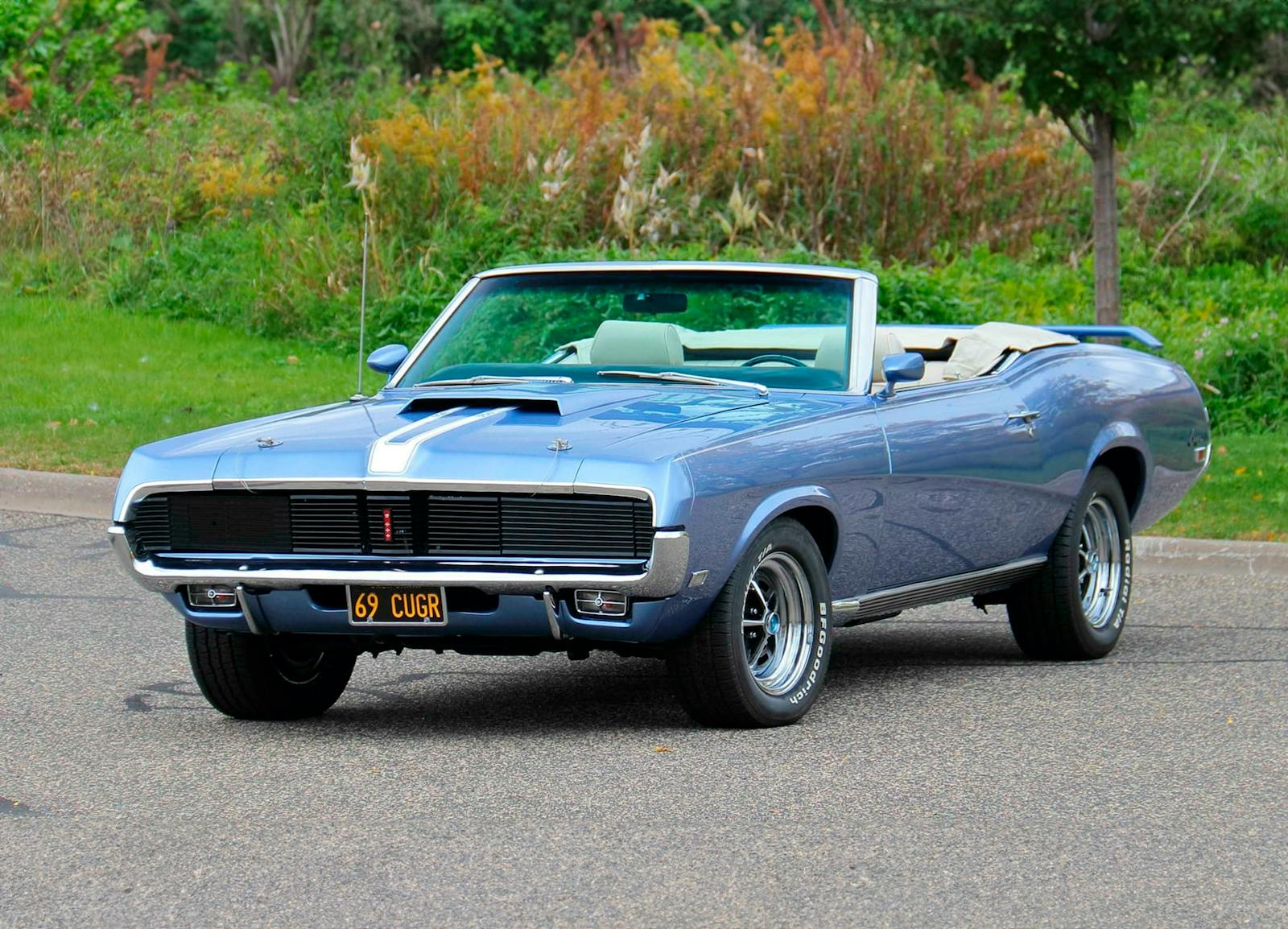Movers and shakers in the 2017 collector-car market
While every enthusiast knows cars are the opposite of commodities, it’s still true that the collector-car market runs in cycles, just like grain and gold. A few years ago the collector-car market boomed in a way that would make Bitcoin speculators blush. Thankfully, the heat came out of that climate in 2014 before any bubble burst, but things have mostly been sleepy ever since. This “soft landing” persisted in 2017, but there are clear signs the market is starting to wake up again.
First of all, the collector-car market changed less over the past year than at any point over the past decade. This stability was demonstrated in value adjustments as reported in the Hagerty Price Guide (which were minimal), activity among the broad-based Hagerty Hundred Index (which was static during 2017), and in North American auction totals (which were only a shade under the level from 2016).
While little has changed in the market at a 30,000-foot level, upon closer inspection some sectors are clearly stirring. For example, six of Hagerty’s seven indices have gained value since September—the first time in two years this has happened. Additionally, those cars that did lose value did so at lower rates than they in the first eight months of 2017, which indicates that the most volatile cars in the market have found their footing.

Another positive sign is that more expensive vehicles are also making moves. Cars in the $50,000–$100,000 range grew in value by five percent, and options in the $100,000–$500,000 range recorded average gains of nearly one percent. It was this latter slice which had retreated the most since 2014, so this is a significant reversal. Lastly, more high-end cars increased in value than decreased in value over the last four months of the year, inverting a trend that emerged at the beginning of 2017. Increased spending in the more expensive segments suggests that buyers at this level are becoming much more optimistic about the direction of the market, which typically leads the rest of the market.
Even when looking at auction totals that were two percent shy of those recorded in 2016, there are still encouraging signs. Although gross numbers fell by two percent, to $1.28 billion, fewer cars were offered and the average sale price was up by two percent, as was the overall sell-through rate (hitting a high not seen since 2011). In short, owners aren’t looking to cash in on recent big gains, and buyers are more comfortable spending money—all of which is good news.
20171229165854)
Furthermore, cars from the 1990s have realized the biggest gains since September, with average prices increasing two percent, putting them up 10 percent for the year. British and German cars all made strong moves to close out the year, with price changes in the one- to two-percent range. Among these cars, the Triumph GT6 rose by six percent and the BMW 2002 spiked by 12 percent. High horsepower cars (up 11 percent), luxury performance cars (up 12 percent), exotics (up eight percent) and trucks (up six percent) all underscore that there is growing interest under the surface.
It’s not all roses, however. Despite moving in the right direction, four of Hagerty’ seven indices are still below where they were a year ago, even if only by a point or two. Expensive “high-volume” cars such as the Ferrari 275 GTB continue to drop, down four percent over four months and nine percent year over year, which will likely keep the best examples off the market for a little while longer. Mercedes-Benz 300SL roadsters, down six percent, are also on the same track. Despite interest generally creeping upmarket, cars in the $500,000–$1,000,000 range are still down one percent from a year ago. Cars in this segment may be moving up, but they are starting from a trough.
Some other cars that were major movers in 2016 have started to coast. The Ferrari Enzo jumped in value by 76 percent in 2016, only to increase by just nine percent in 2017. Early Volkswagen Beetles (1946–48) are up four percent over the past 12 months following a 21-percent climb in 2016. And the Ferrari F355 adjusted downward by nearly 10 percent this year after increasing by an average of 46 percent a year ago. There are dozens of other examples that show cars either losing speed or changing direction.
All of this is a great reminder of another similarity between collector cars and commodities: There are few sure things. While prospects are looking up for next year, individual results can vary greatly.


